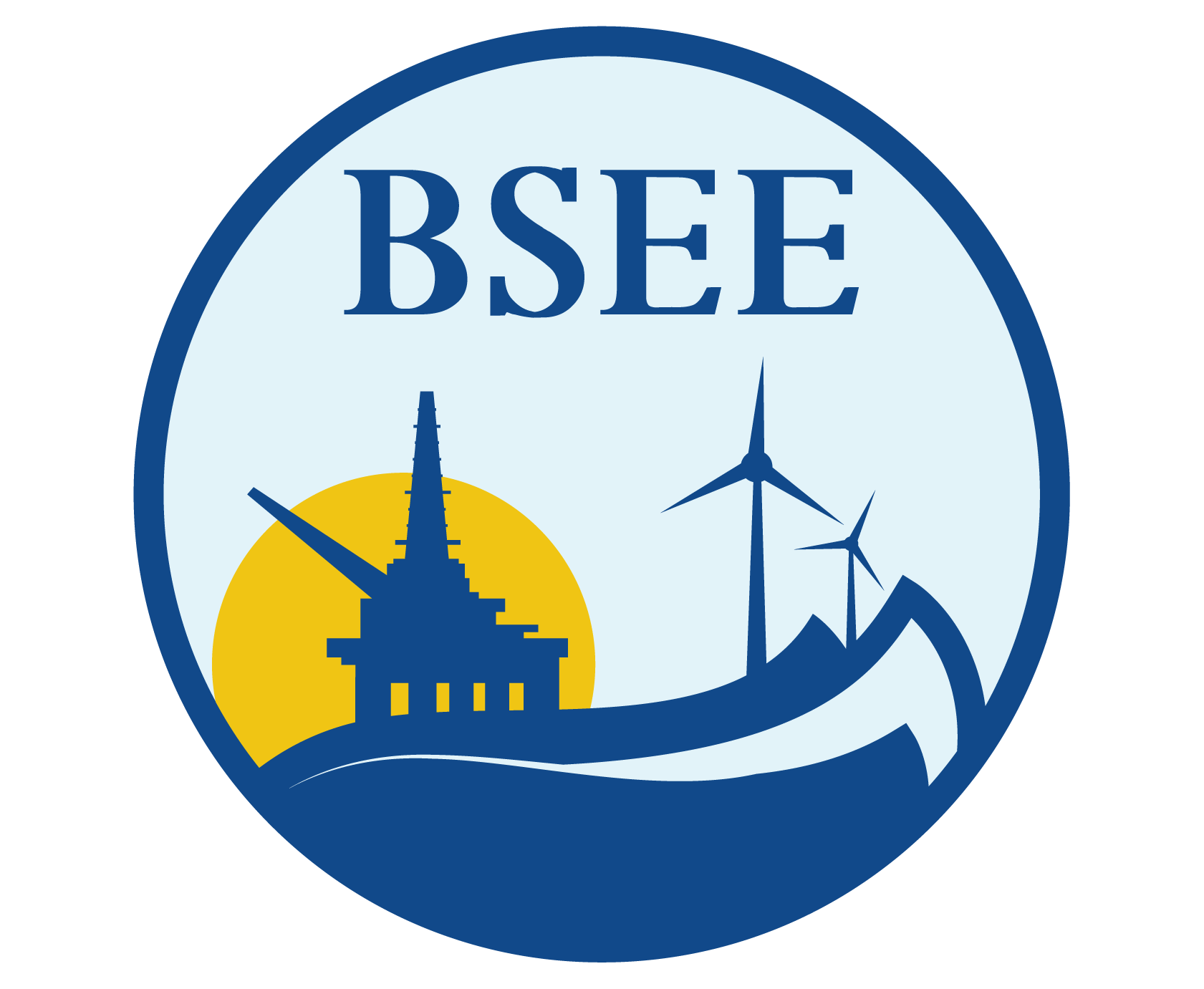Multi Partner Research Initiative (MPRI) - Comparing Recent Advances in Estimating and Measuring Oil Slick Thickness
This Multi Partner Research Initiative (MPRI) project was a collaborative effort between BSEE, National Oceanic Atmospheric Administration (NOAA), Fisheries and Oceans Canada (DFO), the US Coast Guard (USCG), the Environmental Protection Agency (EPA), University of New Hampshire Coastal Response Research Center (CRRC), Oil Spill Recovery Institute (OSRI), and Johns Hopkins to advance the response community’s ability to characterize and measure oil slick thickness through collaboration, knowledge sharing, and independent systematic technology assessment and testing.
The project:
